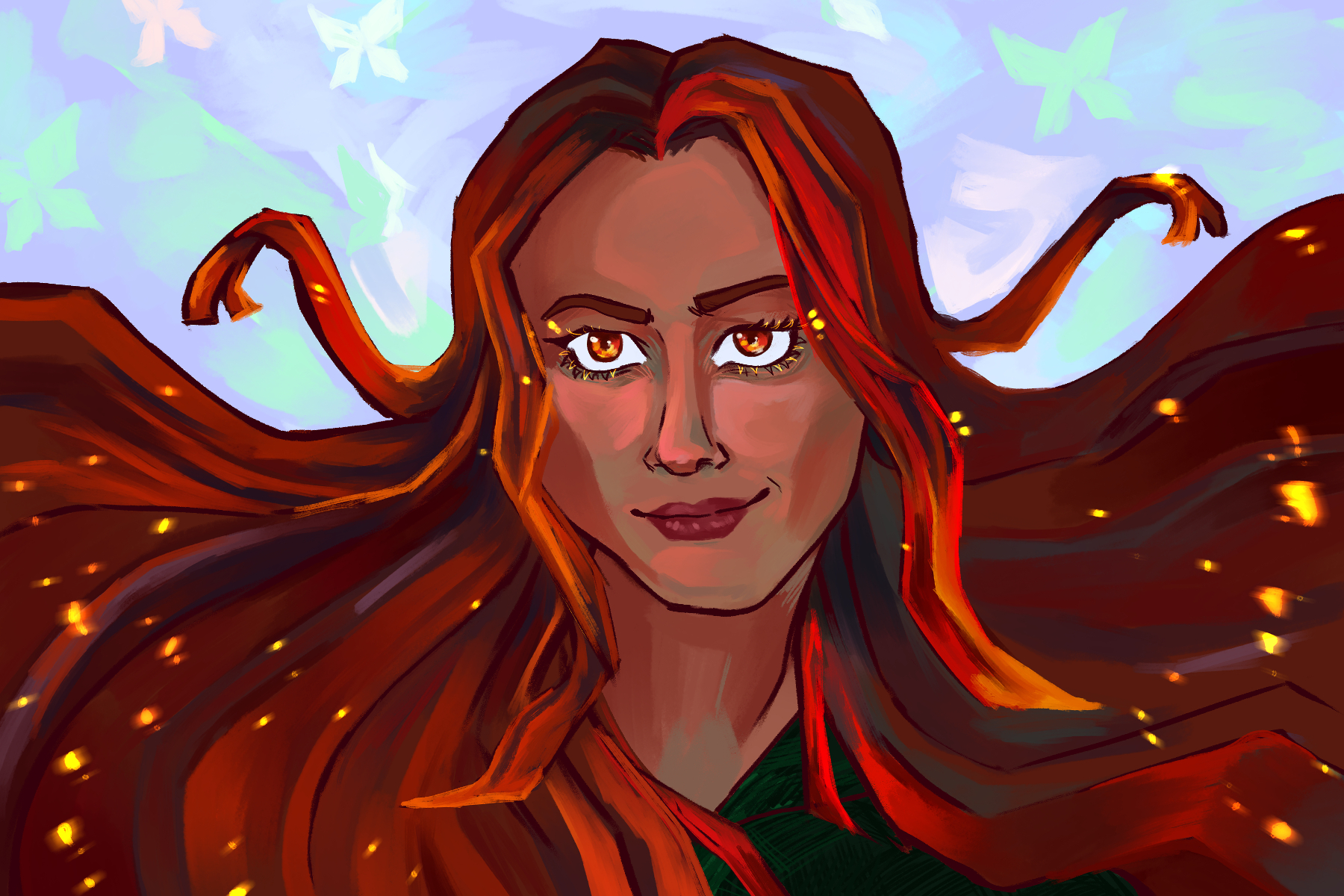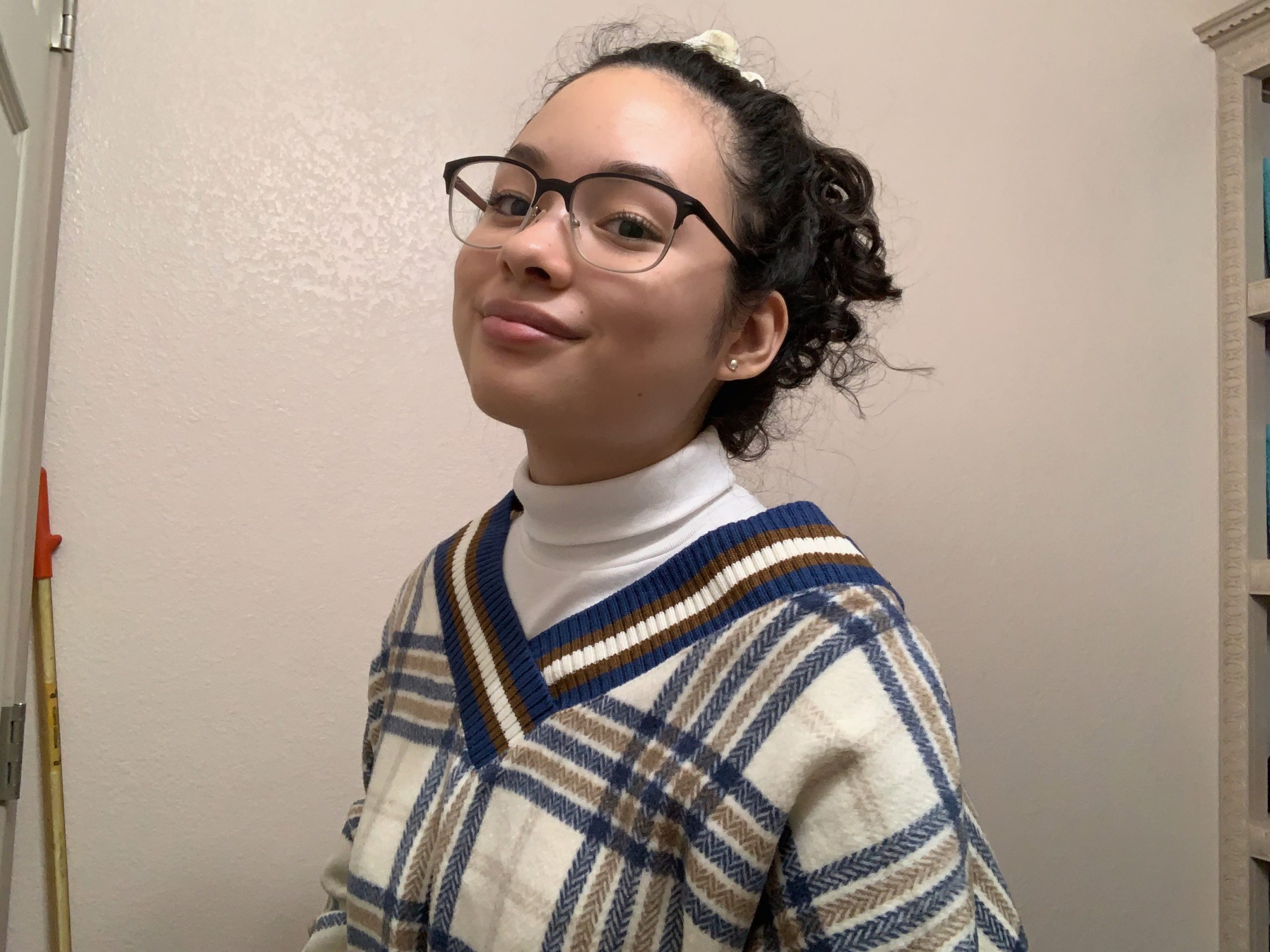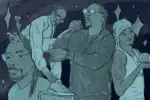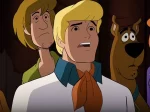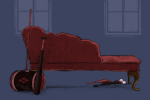Spoilers for “Fate: The Winx Saga” ahead.
“Fate: The Winx Saga” is a new version of Iginio Straffi’s 2004 animated series “Winx Club.”
In the new version, a group of girls masters their enchanting powers at Alfea, a magical boarding school for teenage fairies to train to control their abilities. On top of that, these girls must protect themselves from dark beings called the “Burned Ones” while experiencing rivalries and romance.
Starring in the new adaptation is Abigail Cowen as Bloom, Hannah van der Westhuysen as Stella, Elisha Applebaum as Musa, Precious Mustapha as Aisha and Eliot Salt as Terra.
The Creation of “Fate: The Winx Saga”
The idea to create the live-action series started in 2011 with Straffi. However, it wasn’t until 2018 that he fully committed to pursuing the idea with Netflix. He later met up with Brian Young, who worked on seven seasons of “The Vampire Diaries,” and encouraged him to become the producer and showrunner of the new series. It was a shared dream of theirs to create a live-action adaptation of a show they admired.
According to Young, “Fate is a young adult fantasy show. [Netflix] wanted to take an audience that had watched this cartoon growing up and give them a new version of it. It was important for me that the core idea of friendship was present in this version of the show because that’s what Winx is. We wanted to play within the Winx world, but we also wanted to introduce new storylines and characters.”
The Hard-Won Friendships
The Winx Suite’s progressing friendship is the best part of the show — yes, progressing, because they don’t get along when they first meet.
To be fair, no one is perfect. In the cartoon series, the girls are all nice and unproblematic, even though they may have some flaws. In real life, teenagers make numerous mistakes and learn for the better or worse. But there’s more to this message.
“Fate: The Winx Saga” definitely changes the characters’ stories from the animated version. The original bubbly show highlighted its valuable lessons in an uplifting way for the young audience. The 2021 show, on the other hand, changes their stories to be more emotional and darker. That doesn’t mean it’s a bad thing. It just means these characters have more room to improve and slowly reveal how they become who they’re meant to be.
Unlike in the animated version, the character’s hard-won friendships are earned through arguments, favors and traumatic shared experiences rather than common values and a friendly atmosphere. While the girls struggle to connect in early episodes, they slowly learn to support each other. This shows how people can learn to collaborate in tough situations despite their differences, which is a great lesson.
This brings me to the next reason to give the show a chance: the development of the storyline.
Development of The Storyline
The storyline of “Fate” is well-developed considering all the differences from “Winx Club.” The way the Winx’s iconic club evolves over the show’s first six episodes is very awe-inducing and allows the viewer to become entranced by the workings of their relationships. The harmony between the characters at the end of the season will leave viewers smiling and with goosebumps.
Drama also sells. Let me explain: Nowadays, binge-watching is more prevalent, so a boring storyline spread across multiple episodes will have viewers leaving in droves. However, the recipe for drama series has adapted, featuring shorter seasons with more drama added to them, leaving viewers hungry for more.
Why Else is “Fate: The Winx Saga” Different?
“Fate: The Winx Saga” is a teen drama based on a cartoon series. One of the creators’ main goals was to inject contemporary elements to make the show a bit more relatable and enjoyable to engage with. It’s the reason for incorporating what real teenagers spend their time doing that doesn’t involve saving the world.
It’s also the reason for the limited appearances of magical features and details. It would be highly unrealistic for the show to mimic everything from the fairies’ wings to their transformations into bright ensembles during fight scenes to the different planets in “Winx Club.”
Likewise, it would be unnatural for the audience to see the same lighthearted and childlike atmosphere of “Winx Club” in the new show. “Fate: The Winx Saga” isn’t the whimsical, upbeat, femme or sunshine-and-rainbows show that the original was. It’s for older teenagers and young adults, unlike the animated series, which was geared toward kids. Therefore, it makes sense that some things needed to change. For example, the fairies’ aforementioned transformations are wiped out completely, except for a single moment in the finale.
The live-action adaptation contains dark, gritty, mysterious, thrilling and complex themes with new, dangerous villains. Life-and-death stakes weigh down on these characters who have been trained for war but have yet to experience it. “Fate,” having a darker outlook on life than its animated version, resembles other shows like “The Chilling Adventures of Sabrina,” “Riverdale,” “The Vampire Diaries” and “Legacies.”
Fans should not expect everything they love to be brought to life in the live-action version. Whether or not the “sins” created by these changes are too great for fans to embrace the show’s rip-roaring adventure is up to them.
Why add “Winx” to the name if it’s so different? The reason is most likely for nostalgia-based clickbait.
Can’t Ignore All the Flaws
Although there are many reasons why “Fate: The Winx Saga” is a great show, there are also some disappointing moments to consider.
One of the biggest flaws is that the show isn’t racially diverse. In the original series, Musa is Chinese, but she doesn’t appear to be in the live-action version. Flora is also replaced by her cousin Terra. It can be quite upsetting, knowing that Flora is Latina in the animated series and is technically whitewashed in the new series. Hopefully, in upcoming seasons, the creators and producers cast more racially diverse and accurate people.
Tecna, a fairy of technology, is also missing from the series. Some viewers have already guessed that the reason for her absence is due to the challenging adjustments the creators would have to make in the Otherworld. It would be very expensive to create a world full of innovative technology for this character.
One of the main reasons fans loved the animated series is the fashion. It is very colorful and matches the personalities of the characters. In the live-action series, however, the characters are dressed in a limited wardrobe and stick to mostly one color. Luckily, the wardrobe is not a complicated thing to change, so there is a lot of room for improvement in that area.
https://www.instagram.com/p/CKbwNFMngm1/
The love triangle between Bloom, Sky and Stella is definitely a new change in the live-action series. Sky and Stella weren’t a couple in the original series, which makes it much more understandable that fans are upset. Their relationship was made to create more drama, which isn’t always a bad thing, but it strays further away from the original love stories in “Winx Club.” Luckily, Sky and Stella don’t actually end up together by the end of the first season of “Fate.”
Another big difference is the wrong lovers for Musa. In the animated series, Musa and Riven are dating, but in the live-action series, she is dating Sam, Terra’s brother, who is also a fairy. It can be quite confusing for fans since Riven exists in “Fate: The Winx Saga” but isn’t dating Musa.
The main villains in the animated original were the Trix trio, who were witches. However, in the new series, a fellow student, Beatrix, replaces them.
Some differences are either hit or miss. Hopefully, for Season 2, the directors, writers and producers listen to fans’ suggestions and change the show for the better.
Final Thoughts
New additions to the show include boundary-pushing, thrilling adventures and exciting drama. The normalization of boys as fairies, a portrayal that is not seen often because of the gender norms ingrained into society, is also a great addition.
To enjoy the “Fate: The Winx Saga,” one must stop comparing it to the original version and see it from a new perspective.
To be different is not always bad. Why not give “Fate: The Winx Saga” a fighting chance?


